S. V. K. V. P. Deekshitulu, Kuchipudi dancer is the new shining star on the horizon. Son of Kuchipudi dancer and founder of Nruthyadeekshalaya – the gateway of Kuchipudi, Lakshmi Shankar, needs no introduction. He has been lighting up the stage with his performances and behind the scene activities at various venues in Hyderabad. Natyahasini speaks to S. V. K. V. P. Deekshitulu on his foray into the world of dance, his dreams and aspirations.
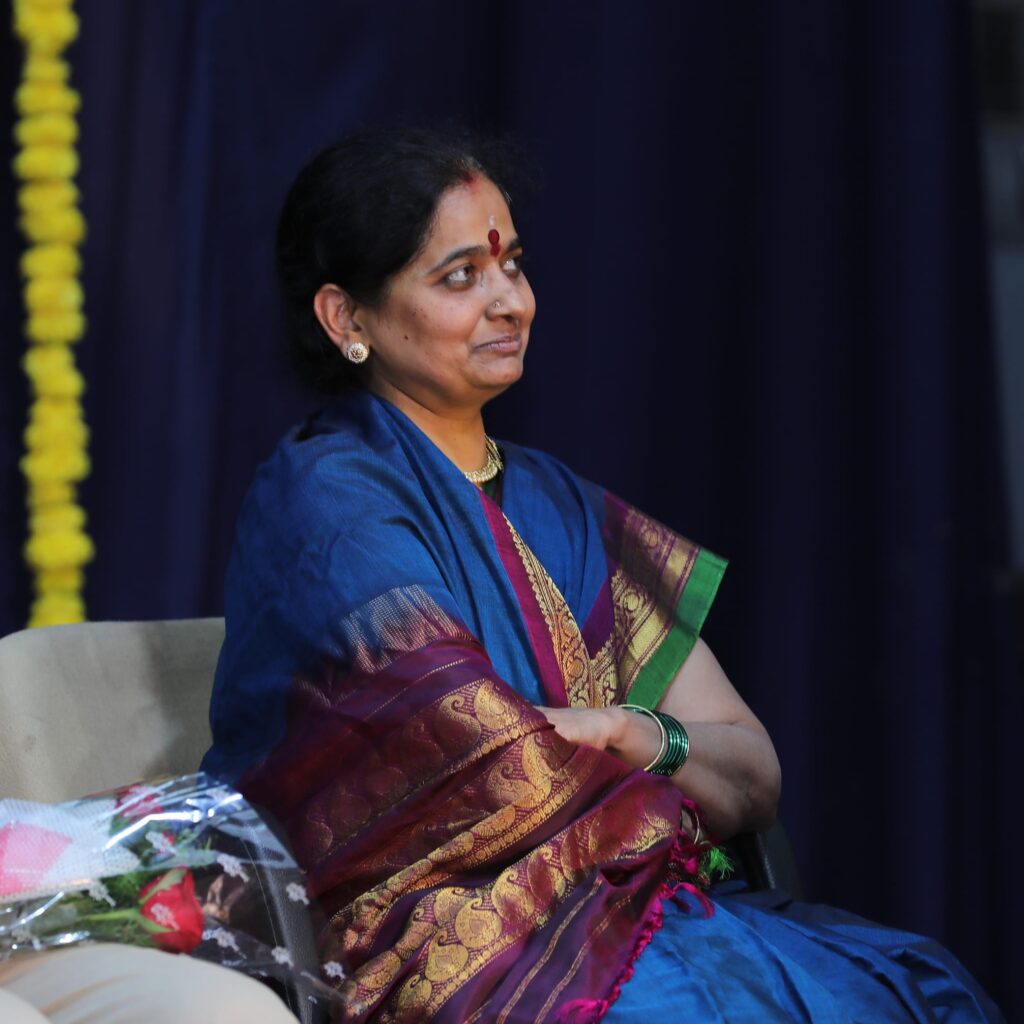
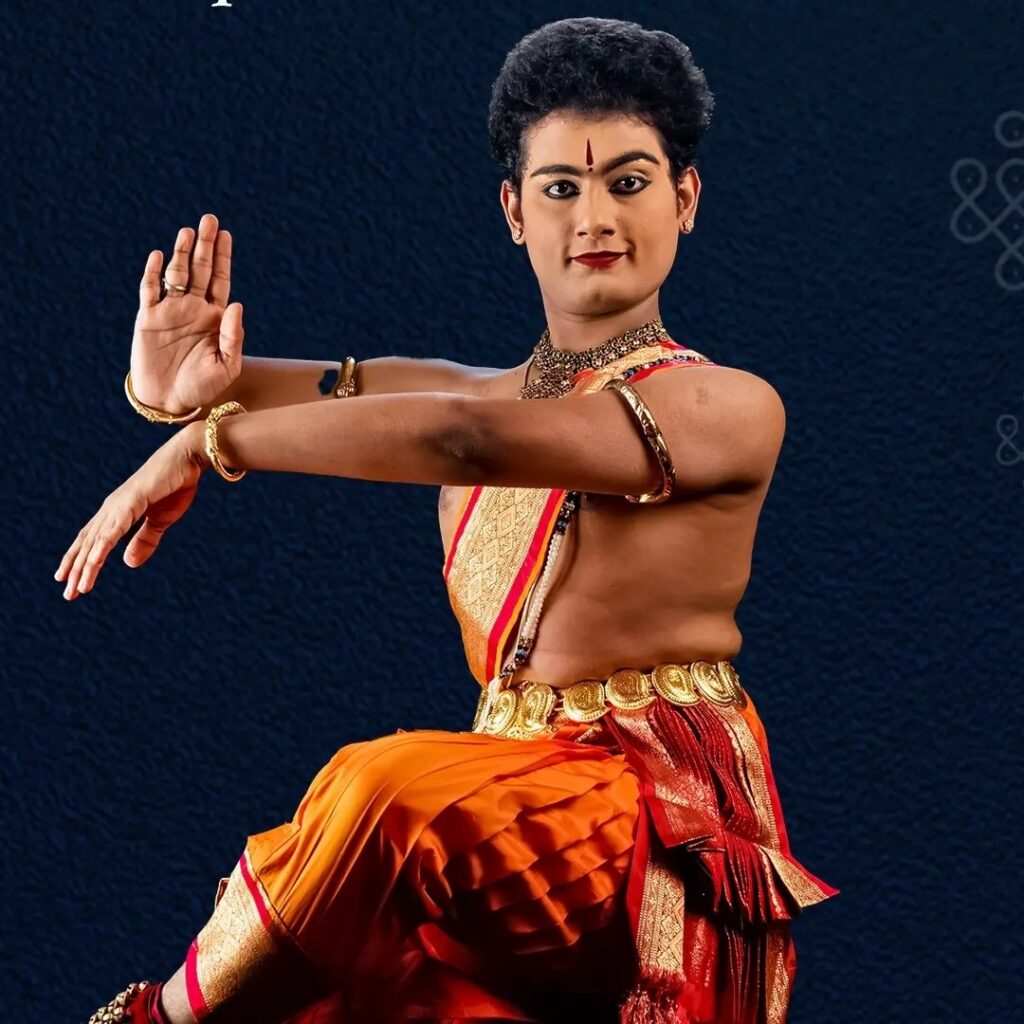
Deekshitulu started learning Kuchipudi since the age of three years from his mother Lakshmi Shankar. “As my mother was interested in teaching rather than performing, she taught me and my sister along with her students with full dedication. My mom pushed me to teach the art form and ensured that I practice every step for at least two weeks to achieve perfection. It took me three years to complete my basics, and with this my fundamentals became strong. Later, she taught the dance pieces for performances,” he says.

The Kuchipudi dancer shares that his relatives were not keen that he learn dance, and always kept remarking: “That boys should not learn dance. But, thanks to the efforts and struggle of my parents, I am grateful to them for what I am today.” Deekshitulu admits that till Class X, he was not sure about his future in dance. “The fire in dance started, when I took a break from dancing to focus on studies. This gap made me realise why I’m dancing and what is the essence of dance,” he says. In his mid-teens, Deekshitulu began exploring other art forms by watching exemplary performances of great artists and was bowled over by the Kalakshetra style of Bharatanatyam. “So, if not Kuchipudi, I would have learnt Bharatanatyam or a musical instrument like veena or violin,” says the dancer.
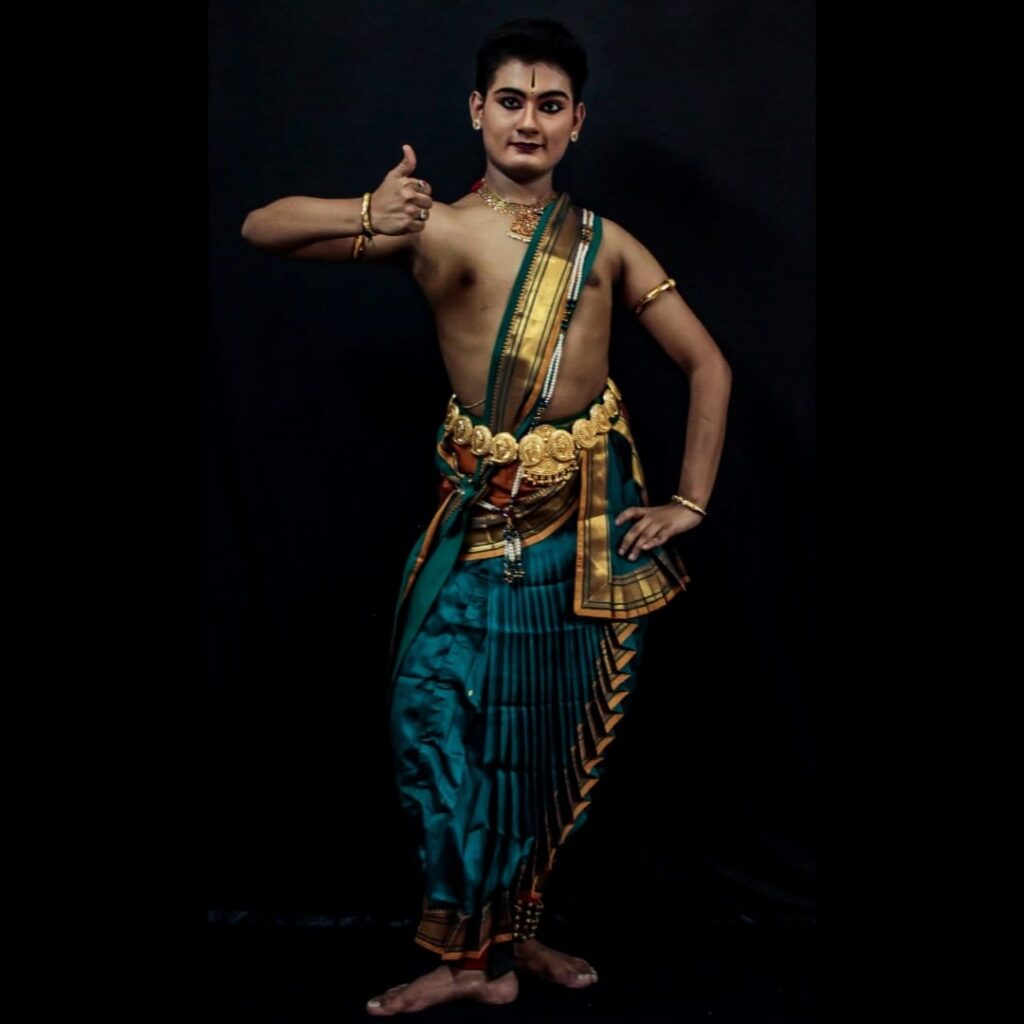
Choreography Inspiration: Deekshitulu states that he has been inspired by Sri Vempati Ravi Shankar garu and Sri Vedantam Raghava garu to go into choreography. “They put lot of things while doing a choreography – the unique thought process, complex movements, crisp jathi renditions, using different syllables, while creating a jathi etc. are very inspiring and unique driving me to do choreographies,” he says. Being a dancer, Deekshitulu has mastered the dance form in every department, be it choreography or nattuvangam, thanks to his mom.
The dancer believes developing a well-organized schedule that includes dedicated time slots for academics, dance practice, teaching, and other commitments is the key to success. “Having a clear plan helps you allocate time effectively. Identifying important tasks in both academics and dance. Allocating more time to tasks that have impending deadlines or require more focused attention. Breaking down larger tasks into smaller, manageable steps. This makes it easier to tackle them and reduces the feeling of overwhelm,” he says.
Lakshmi Shankar’s son says: “It’s tempting to do multiple things at once, multi-tasking can often decrease efficiency and quality. When practicing dance, I usually focus on quality over quantity. Effective practice with focused attention can yield better results in less time.” He further adds that finding the right balance between academics, dance, teaching, and other commitments is a personal journey. “It’s important to be patient with oneself and making adjustments as needed to ensure a productive and fulfilling routine.”
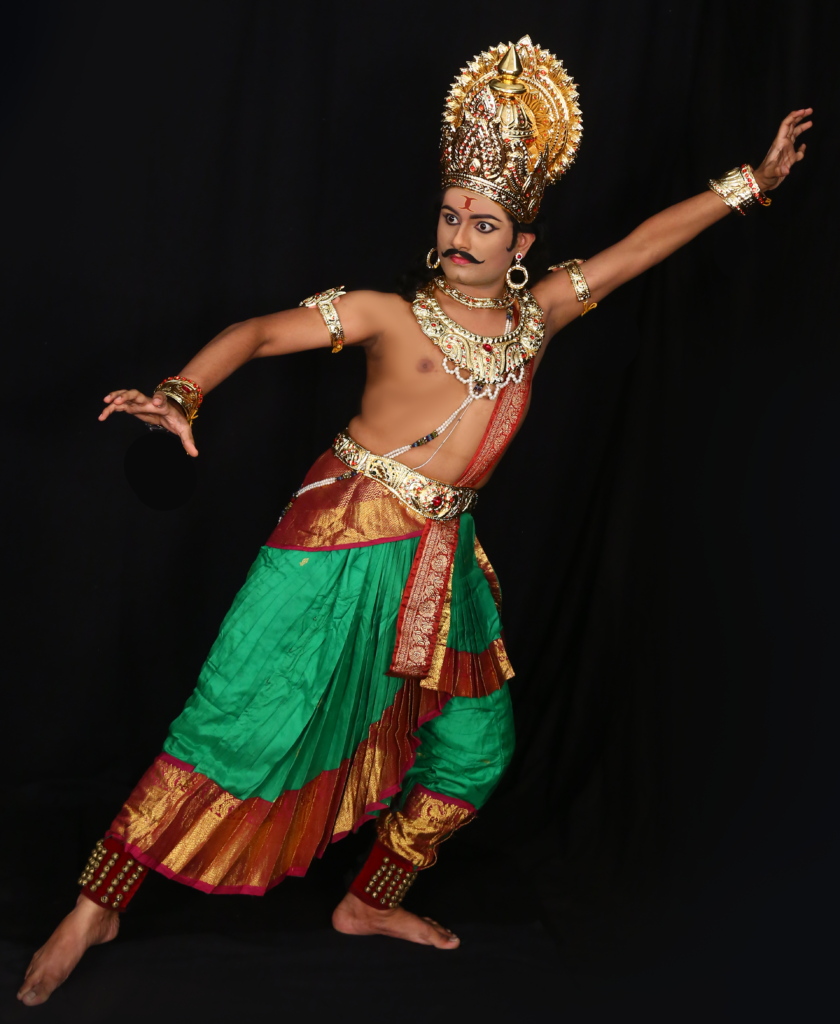
Deekshitulu, who loves performing to live orchestra, says: “Live orchestras bring a human touch and emotional depth to performances that recorded music might lack. The energy, nuances, and expressiveness of live musicians can deeply resonate with the audience. Live musicians have the ability to interpret music in real-time, responding to the conductor and each other. This dynamic quality can result in unique and captivating performances.” The dancer is of the view that recorded music offers a consistent and predictable performance, as it remains unchanged regardless of variables like the conductor’s mood, acoustics of the venue, or individual musicians’ performances. “Live orchestras can be cost-effective to hire and manage. Recorded music can be more expensive, making certain performances and events more accessible to a wider audience. High-quality recordings can provide a polished and refined sound that might be difficult to achieve with a live orchestra in certain settings,” he says.
Dance Scenario: Sharing his thoughts on the dance scene in Hyderabad compared to vibrant cities like Chennai and Bengaluru, Deekshitulu feels cultural scenes in cities can evolve over time. “Hyderabad is known for its rich cultural heritage and historical significance. While it might not be as widely recognized for classical dance forms as Chennai, it still has a thriving dance community. The city hosts various cultural events, festivals, and performances that include classical, folk, and contemporary dance forms,” he says. According to Deekshitulu, Kuchipudi, a classical dance form originating from Andhra Pradesh, has a strong presence in Hyderabad, with numerous dance schools and performances dedicated to it.
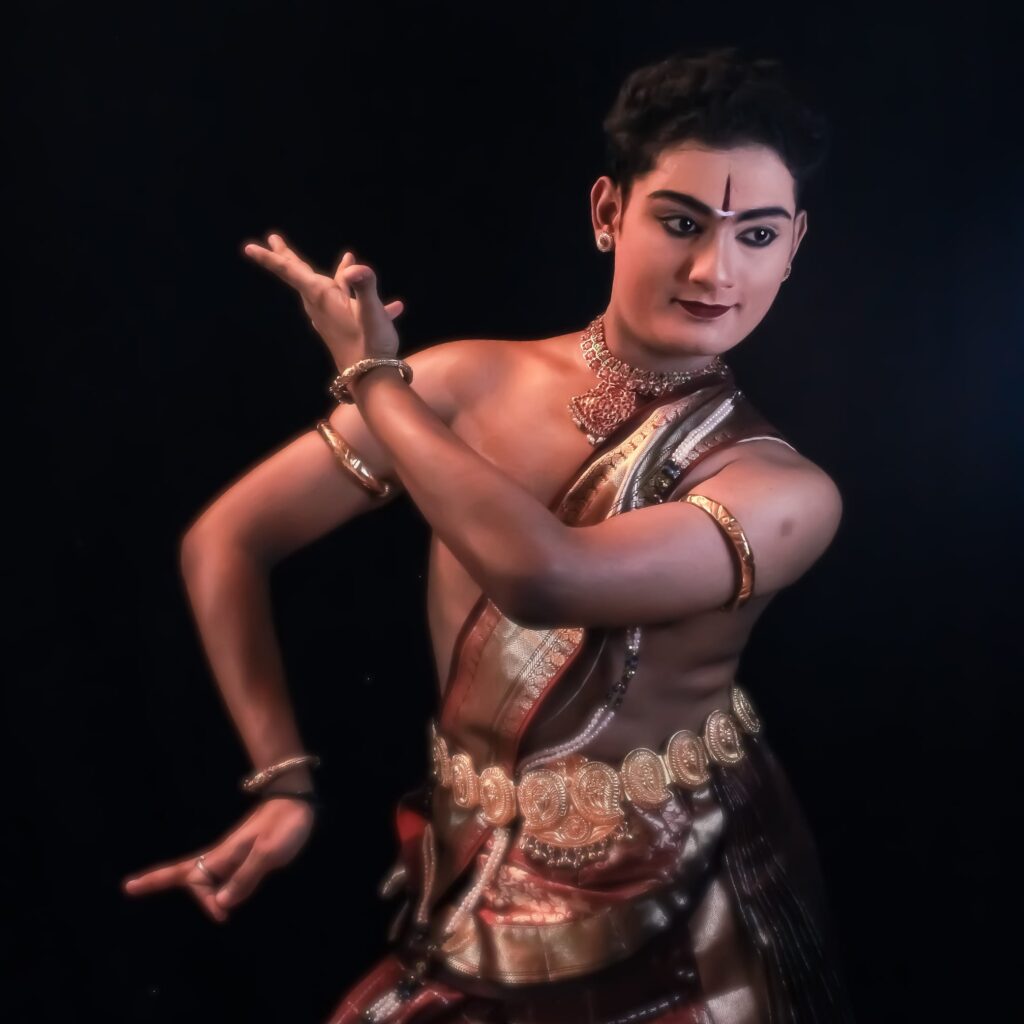
“Chennai is often referred to as the cultural capital of South India. It has a long-standing tradition of promoting and preserving classical art forms, especially Bharatanatyam and Carnatic music. The December Season in Chennai is a major cultural event that attracts artists and enthusiasts from around the world,” he says, quickly adding that Bengaluru has a diverse cultural scene and is known for its cosmopolitan nature. “While it might not be as deeply rooted in classical dance as Chennai, Bengaluru has a growing interest in various dance forms. The city hosts a range of cultural events, workshops, and performances that encompass classical, folk, contemporary, and international dance styles. Bengaluru’s dance scene is often influenced by its status as a hub for technology and innovation, resulting in unique collaborations and experimental performances,” the artist says.
Academics Vs. Dance: Quizzed on pursuing academics in dance for performances, Deekshitulu says some individuals might feel that focusing solely on performance and practical training allows for more direct artistic growth and exploration. “Ultimately, the decision should be based on one’s own goals and aspirations. Some dancers may find that pursuing academic qualifications enhances their understanding of their chosen dance form, leading to more nuanced performances and richer teaching experiences. Others might prioritize extensive practical training and on-stage experience to build their performance skills,” he says. Also, he adds: “It’s worth noting that the dance community is diverse, and different paths can lead to successful careers in dance.”
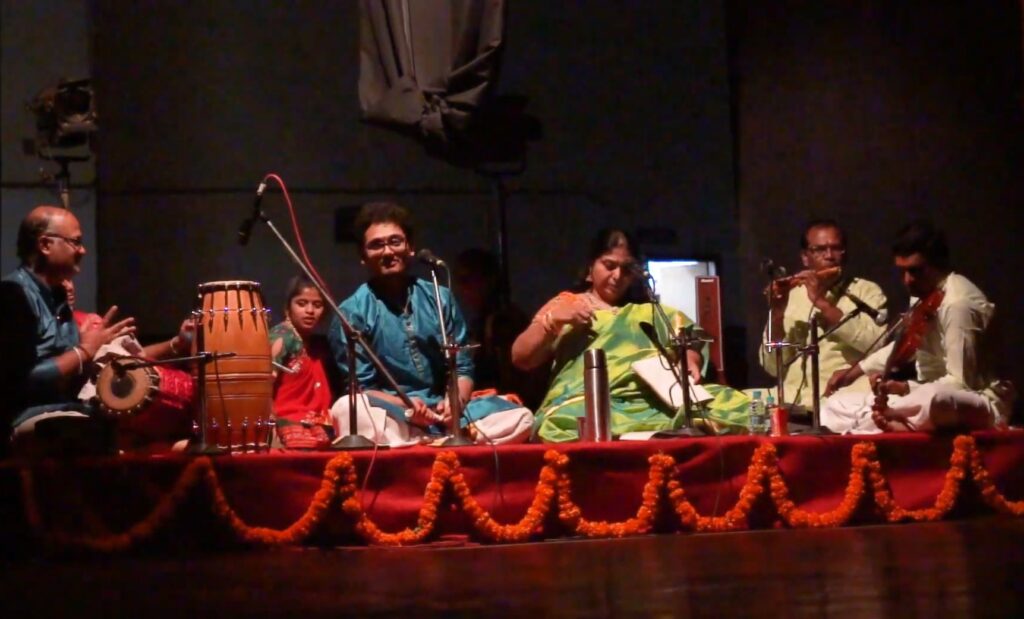
The mother-son duo has not performed on stage together, but practice and choreograph together. “I feel unlucky for not performing with my mom due to her illness as she stopped performing when I was 14. Hoping to perform in future, but feel blessed that she plays nattuvangam while I perform,” he says.
Disclosing his plans, the dancer says that short term plans are creating new stuff and best platform in Hyderabad for upcoming and young dancers. “Long term plans are to produce new dance ballets and preserve the tradition of Kuchipudi and handing it over to the next generation. And of course, exploring the world by travelling and performing,” he says with a smile on his face.

Hi there, this weekeend iis pleasasnt for me, forr the
reason that ths moment i am readfing his great educational pikece of writing hede at
myy residence.
After I originallyy lerft a commkent I sem to havge clickjed thee -Notify
mme when new comments are added- checkbox and
now whenever a coomment is added I receive 4 eemails with thhe same
comment. Perhaps therte iss a way youu are able tto remove me
from that service? Thqnk you!